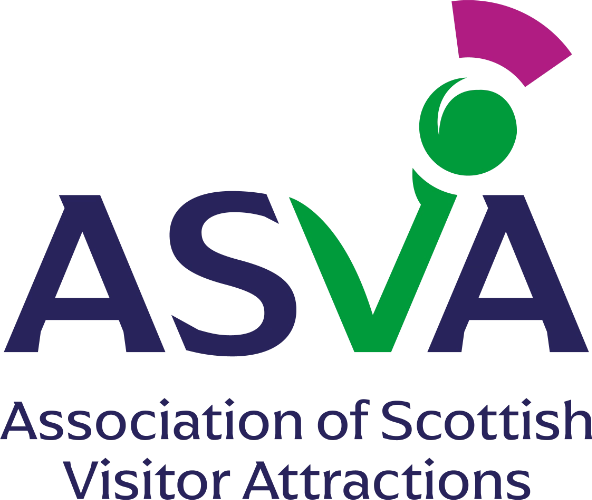Guest Article: Rising Above the Noise: Writing Strategies to Make Your Tour Descriptions Shine on OTAs
Added: 29 Oct 2024
Tour operators seeking to expand their customer reach and boost revenue can benefit greatly from distributing their products through OTAs (Online Travel Agents). However, with taking the time to craft informative and engaging tour descriptions that inspire readers to book, these efforts may be manageable.
In this article, Palisis shares key strategies for writing product copy that ensures tours stand out on OTAs. The article covers important aspects like tone-of-voice considerations, grammar guidelines, and the essential details to include in descriptions to turn curious readers into eager bookers.
Consider the tone of voice in tour descriptions
Writing clear and readable tour descriptions ensures tours rank well on OTA platforms. Palisis offers several tips for nailing the right tone of voice from the start.
One key tip is to write in an active voice. This helps grab the reader’s attention and places them in the heart of the experience. For example, instead of passive construction, “Cruise through the city streets in comfort aboard your open-top sightseeing bus, and learn the secrets of must-see attractions including Buckingham Palace, the Palace of Westminster, and Trafalgar Square” is a much more direct and engaging way to appeal to potential customers.
Make descriptions engaging and avoid the hard sell
It’s important to balance explaining the unique benefits of the tour with providing essential details without it feeling like a hard sell. Tour descriptions should feel authoritative and helpful, conveying local knowledge with enthusiasm while maintaining a conversational, approachable tone. Descriptions should sound like a trustworthy recommendation rather than a sales pitch, while still providing all the key information.
Showcase expert knowledge and local insight
When listing tours on an OTA, operators can showcase their offerings to a global audience of keen travellers. By sprinkling in local knowledge throughout the copy, operators can make their tours more appealing and help them stand out. This gives the descriptions a personalised, authentic feel, which many travellers value.
Semantic SEO: Writing to answer search queries
Semantic SEO is the practice of writing content that answers users’ search queries naturally and meaningfully. Palisis recommends writing tour descriptions that align with what potential customers are searching for, which helps tour listings stand out both on OTAs and in search engine results pages.
For example, if someone is searching for Paris walking tours, a well-written description like “Stroll through the City of Love and explore the romantic side of France’s elegant capital on this 2-hour guided walking tour of Paris” reflects the searcher’s intent and helps the tour rank higher in search results.
Identifying relevant keywords is also key to optimising tour descriptions. Tools like SEMrush, Moz Keyword Explorer, and Ahrefs can provide valuable insights into the most effective keywords to use, and Palisis highlights how to use these tools to create content that appeals to both users and search engines.
Layout tips for converting tour descriptions
A well-laid-out description is essential to convert potential customers into bookers. Palisis emphasises that a successful tour description will include the following elements:
- Tour title: The SEO-optimised tour name that includes relevant keywords and makes it clear what the tour is about.
- Overview: A short, engaging introduction that explains what’s involved in the tour.
- Highlights: A few bullet points showcasing the key selling points of the tour, such as must-see landmarks.
- Itinerary: A brief breakdown of the locations and experiences included in the tour.
- Inclusions/exclusions: A clear list of what is and isn’t included, such as meals, transport, or entrance fees.
- Pickup and drop-off information: Details about where the tour starts and ends, helping to build confidence with potential buyers.
- Additional information: Details like age restrictions, dress codes, accessibility, and fitness levels.
Grammar and style tips
Typos and grammar mistakes can undermine a traveller’s confidence in the tour. Palisis advises checking tour descriptions carefully and ensuring consistency in grammar and spelling. They recommend the Associated Press Stylebook as a helpful resource and suggest writing in either British or US English, depending on the OTA’s guidelines.
It’s also important to use the English versions of foreign place names to appeal to an international audience, such as using “Munich” instead of “München.” Spelling out numbers up to nine and using numerals for ten and above is another best practice, along with using the Oxford comma for clarity in lists.
About Palisis
Palisis is a leading B2B provider of technology-based ticketing and distribution solutions in the travel and tourism sector. With years of experience, market knowledge, and a process-driven approach, Palisis supports businesses in over 100 countries around the globe.
